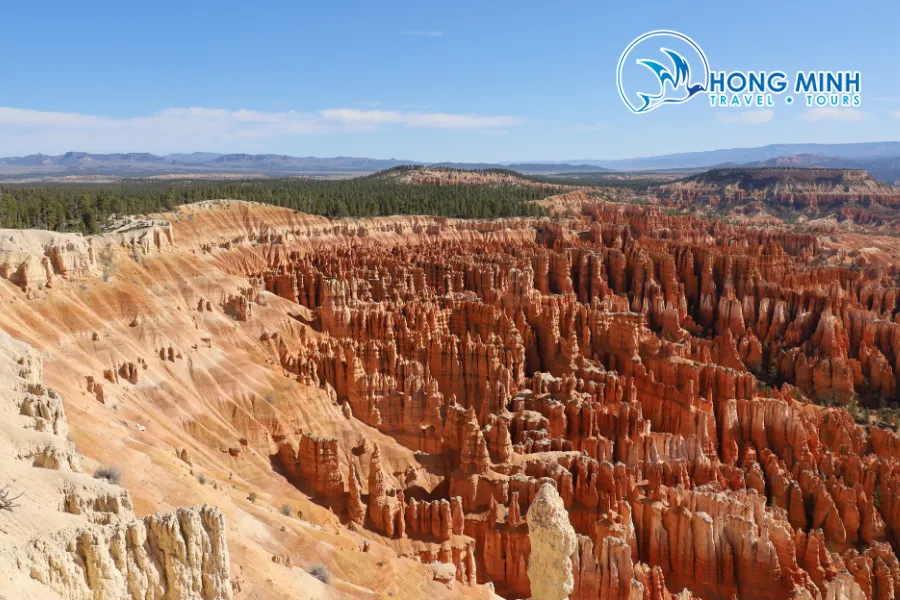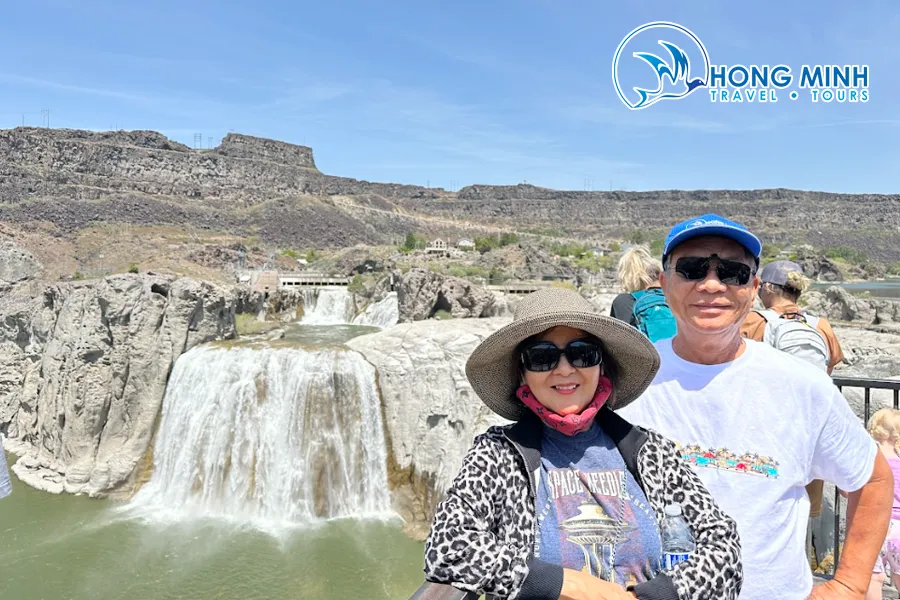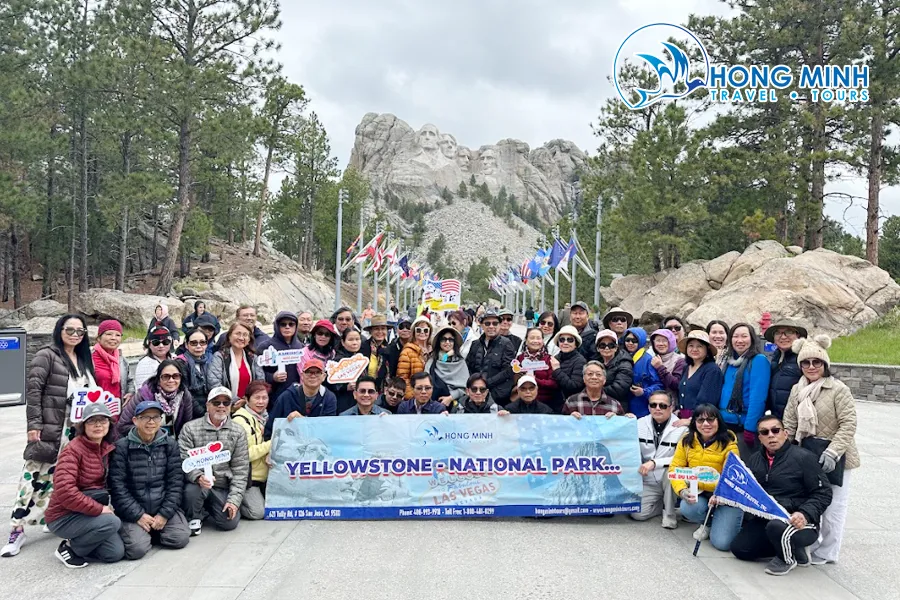Idaho, with its pristine beauty and rich biodiversity, is a haven for nature lovers and photography enthusiasts. This state is not only famous for its majestic mountains and picturesque rivers but also home to many precious wildlife species, including white-tailed deer. These graceful animals are not only a symbol of Idaho but also an endless source of inspiration for photographers. If you are looking for stunning shots of white-tailed deer, let’s explore the best areas to photograph these wild animals in Idaho.
Introduction to Idaho White-tailed Deer
White-tailed deer (Odocoileus virginianus) are among the most common deer species in North America, and Idaho is no exception. They inhabit most areas of the state, from dense forests to open meadows and wetlands. Idaho’s white-tailed deer are known for their elegant appearance, reddish-brown coat in summer and grayer in winter, and the characteristic white tail that stands erect when alarmed.
With their large, expressive eyes and graceful demeanor, white-tailed deer are always sought after by photographers. Beyond their natural beauty, white-tailed deer also exhibit interesting behaviors such as grazing, moving in herds, or interacting with their surroundings, creating valuable moments to capture. Photographing white-tailed deer is not only an opportunity to get beautiful photos but also a chance to immerse yourself in wild nature, observe, and learn about the habits of this animal.
Best Areas to Photograph White-tailed Deer in Idaho
Idaho boasts diverse terrains and habitats, creating ideal conditions for white-tailed deer to thrive and live. Below are some areas considered the best for photographing white-tailed deer in Idaho:
1. Panhandle National Forest
The Panhandle National Forest is located in northern Idaho, encompassing three major forests: Coeur d’Alene, Kaniksu, and St. Joe. This area is renowned for its majestic mountain scenery, clear blue lakes, and vast pine forests. The diverse habitat of the Panhandle National Forest provides an ideal refuge for white-tailed deer.
Visitors can easily spot white-tailed deer in forest fringes, meadows, or along trails. Especially in autumn, when the forests turn vibrant shades of yellow and red, the scenery for photographing white-tailed deer in the Panhandle National Forest becomes incredibly romantic and impressive. Areas like Lake Coeur d’Alene, the St. Joe River, and the Lake Pend Oreille National Recreation Area are notable destinations within this national forest, where you can combine white-tailed deer photography with exploring natural beauty.

2. Sawtooth National Park and Sawtooth National Recreation Area
Sawtooth National Park and the Sawtooth National Recreation Area are located in central Idaho, famous for the majestic Sawtooth Mountains, pristine alpine lakes, and unspoiled valleys. Although this area is well-known for its large elk population, white-tailed deer are also quite common here, especially in low shrub forests and riparian areas.
Valleys like Stanley Basin and the Salmon River Valley are high-probability locations for encountering white-tailed deer. The best time to photograph in this area is during spring and summer, when the weather is pleasant and white-tailed deer frequently appear in meadows to feed. Try exploring the hiking trails in the area, both for exercise and for opportunities to observe and photograph white-tailed deer in their natural environment.

3. Deer Flat National Wildlife Refuge
The Deer Flat National Wildlife Refuge is located in southwestern Idaho, near the city of Nampa. This refuge was established to protect migratory birds but is also home to many mammal species, including white-tailed deer. With a vast area encompassing lakes, marshes, meadows, and shrub forests, Deer Flat provides a diverse habitat for white-tailed deer.
The refuge has a system of driving routes and walking trails that allow visitors to easily access different areas. You can drive slowly along the Wildlife Drive or walk on trails like the Osprey Trail and Eagle Trail to search for white-tailed deer. Dawn and dusk are ideal times for photography, when white-tailed deer are most active and the soft natural light creates beautiful images.

4. Boise Vicinity and Boise National Forest
The area surrounding Boise and the Boise National Forest are also potential destinations for white-tailed deer photography. Boise’s suburbs, especially areas bordering wilderness, often have relatively high densities of white-tailed deer. You can look for white-tailed deer in large urban parks like Julia Davis Park or Kathryn Albertson Park, especially in the early morning or late afternoon.
The Boise National Forest is located just north of Boise, providing a vast mountainous forest area for white-tailed deer to inhabit. Areas like Lucky Peak Lake, Bogus Basin, and the Sawtooth Wilderness (southern part) are worth exploring within this national forest. Learn about the trails and campgrounds in the Boise National Forest to plan your white-tailed deer photography trip.

Ideal Time for Photography
The ideal time for photographing white-tailed deer in Idaho depends on your goals and preferences:
- Spring and Summer: This is when white-tailed deer are most active, especially in the early morning and late afternoon. Lush greenery and blooming wildflowers create a beautiful backdrop for photos. Does typically give birth in the spring, so you may have the opportunity to photograph mothers and fawns.
- Autumn: Autumn is the mating season for white-tailed deer, also known as the “rut.” During this time, bucks become more active and often display dominance by roaring and sparring. This is a great opportunity to capture these unique behaviors. Additionally, the forests turn vibrant shades of yellow and red in autumn, creating romantic and impressive scenery.
- Winter: Winter can be a more challenging time for white-tailed deer photography, but it also offers unique opportunities. The white snow cover creates a stunning contrasting backdrop, highlighting the beauty of white-tailed deer. Deer often gather in larger herds in winter to find food, making them easier to locate.
Tips for White-tailed Deer Photography
To capture impressive white-tailed deer photos, consider these tips:
- Learn about deer behavior: Understanding the feeding, living, and movement habits of white-tailed deer will help you predict their location and time of appearance.
- Be patient and stay quiet: Wildlife photography requires patience. Take time to observe and wait, staying quiet to avoid startling the deer.
- Use a telephoto lens: A telephoto lens allows you to photograph deer from a distance without disturbing them, while also creating a beautiful bokeh effect.
- Pay attention to lighting: Dawn and dusk light is often soft and warm, creating more beautiful photos.
- Respect wildlife: Always maintain a safe distance from deer, do not feed them or approach too closely. Remember that you are in their habitat.
- Prepare appropriate clothing: Wear neutral-colored, discreet, and comfortable clothing for easy movement and blending into nature.
Conclusion
Idaho is a fantastic destination for anyone passionate about white-tailed deer photography. With many stunning wilderness areas and a abundant white-tailed deer population, you will have countless opportunities to capture memorable moments of these graceful animals. Hopefully, these suggestions for the best areas, ideal times, and photography tips will help you have a successful trip and get the beautiful Idaho white-tailed deer photos you desire. Plan your photography adventure today and discover the wild beauty of Idaho!